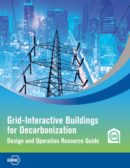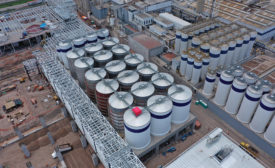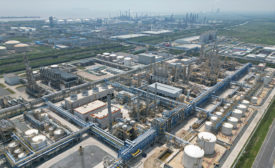Buildings
Google Unveils Plans for Full Gut and Rehab of Chicago's Thompson Center
Clark Construction is the general contractor for the project
Read More
Manufacturing
2023 Global Sourcebook: Massive Plant Site Growing
Hyundai plans first EV plant at its original assembly facility
Read More
General Building
2023 Global Sourcebook: Athens Tower to Rise 650 ft
$360-million residential building to include 169 apartments
Read More
ENR 2023 Global Best Projects
Manufacturing Award of Merit - Obregon Brewery Expansion
December 7, 2023
ENR 2023 Global Best Projects
Best Manufacturing - INVISTA Nylon 6,6 Phase III China ADN Project
December 7, 2023
ENR 2023 Global Best Projects
Health Care Award of Merit - Normalización Hospital Provincial de Curicó
December 7, 2023
ENR 2023 Global Best Projects
Health Care Award of Merit - Ahl Masr Trauma and Burn Hospital
December 7, 2023
The latest news and information
#1 Source for Construction News, Data, Rankings, Analysis, and Commentary
JOIN ENR UNLIMITEDCopyright ©2024. All Rights Reserved BNP Media.
Design, CMS, Hosting & Web Development :: ePublishing











